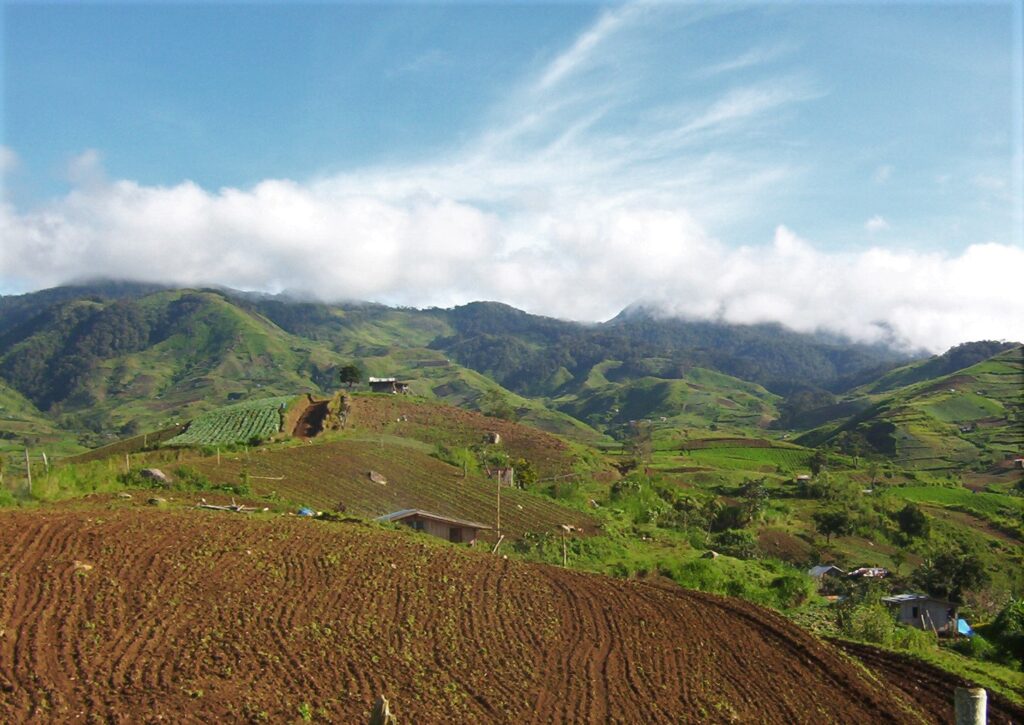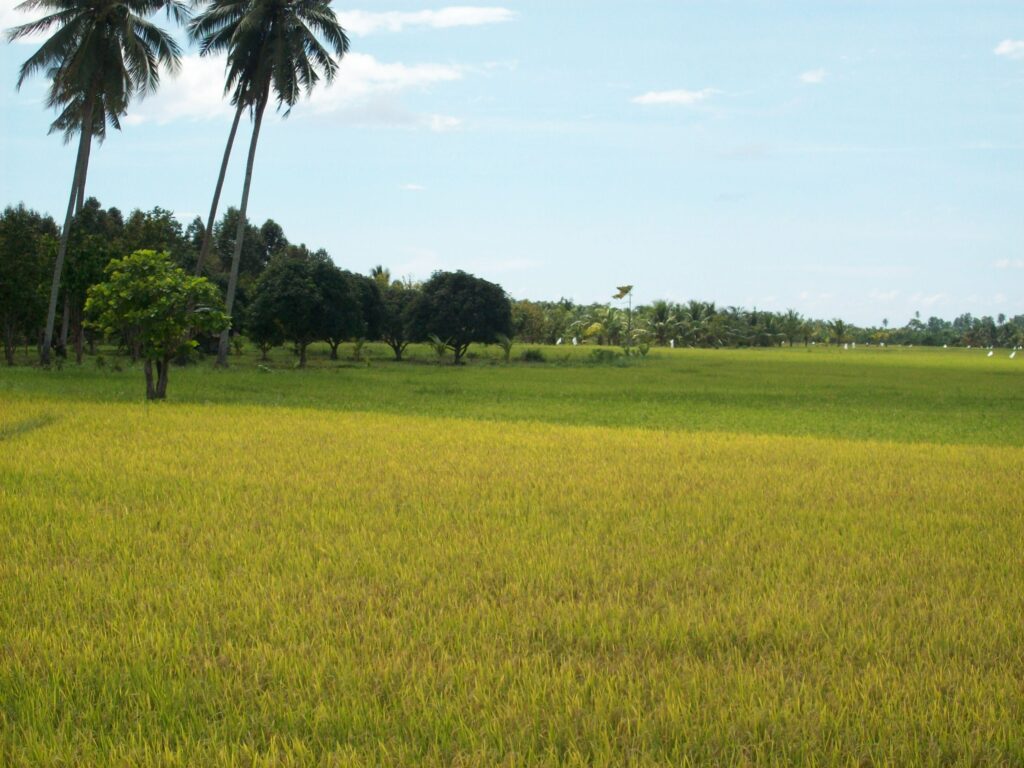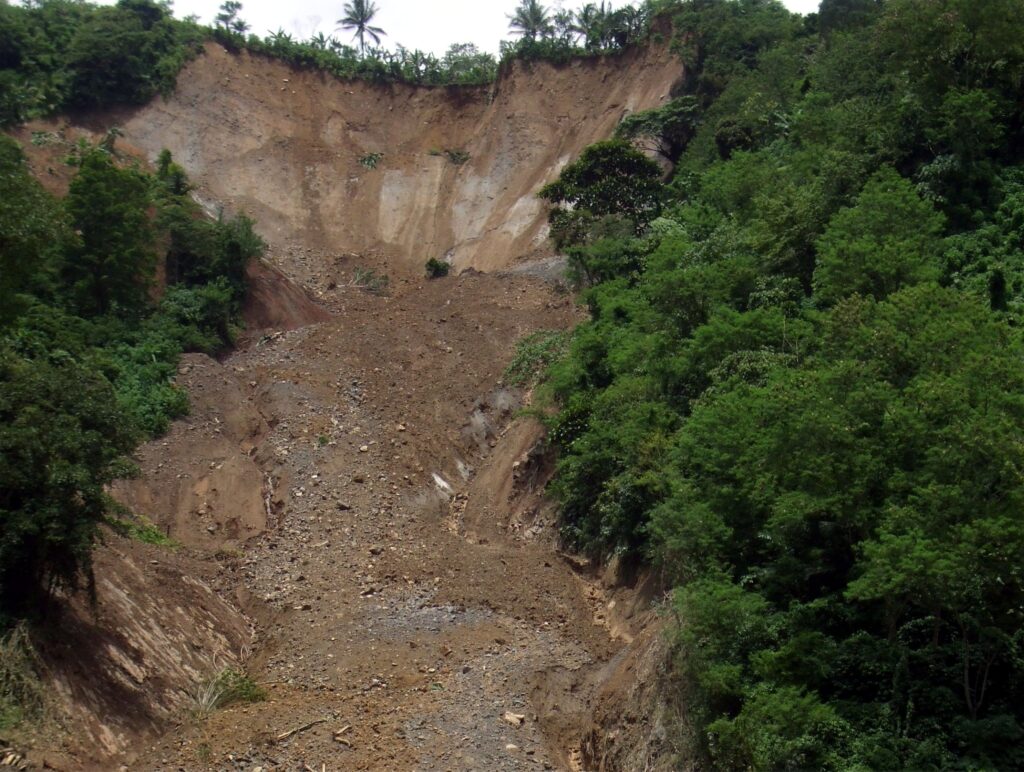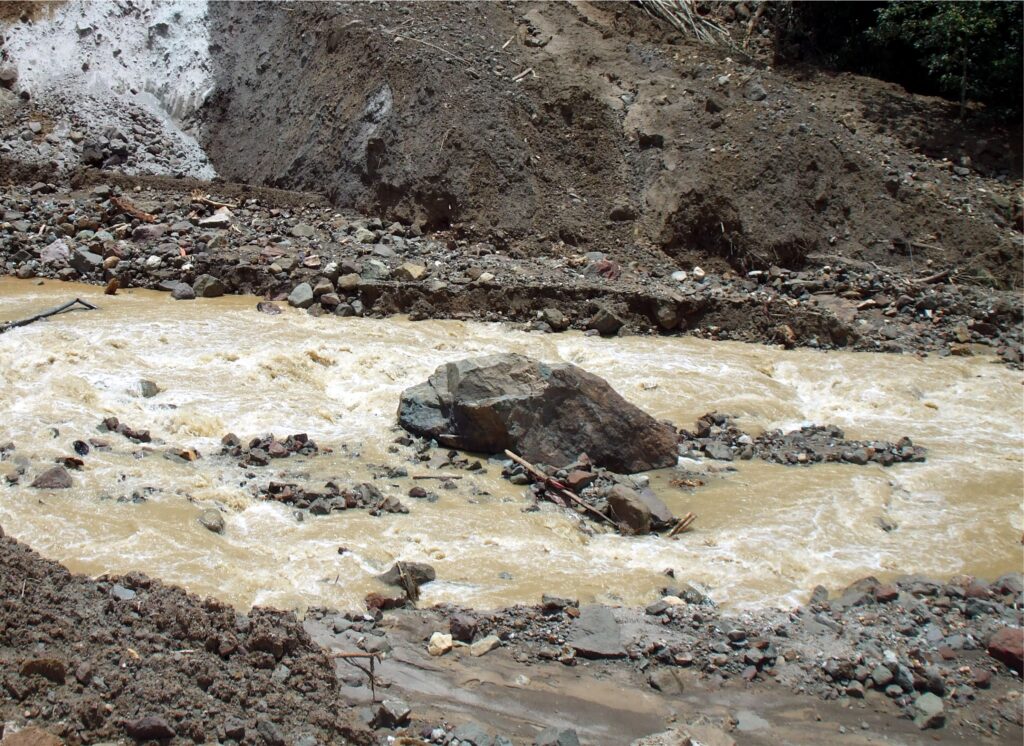Text and Photos by Henrylito D. Tacio
A few years back, the United States Department of Agriculture stated that land degradation was a major global issue during the 20th century and will remain high on the international agenda in the 21st century. “The importance of land degradation among global issues is enhanced because of its impact on world food security and quality of the environment,” it said.
Last September, during the 13th United Nations Convention to Combat Desertification (UNCCD), land degradation has been placed as one of the most pressing problems the world is facing.
“Land degradation and drought are global challenges and intimately linked to most, if not all, aspects of human security and well-being – food security, employment and migration, in particularly,” pointed out UNCCD Executive Director Secretary Monique Barbut, as quoted by Inter Press Service.
Land is one the most crucial component for man’s survival. “Land is the foundation of all life-sustaining process on the planet,” explained the Global Environment Facility (GEF), which was established on the eve of the 1992 Rio Earth Summit to help tackle the world’s most important pressing environmental problems. “It provides us with food and water.”
In addition, land “helps us manage environmental risks such as floods and drought,” the GEF stated. “It supports natural processes such as soil formation and nutrient cycling. And it offers opportunities for social and cultural activities.”
There’s more. “In economic terms, land benefits billions of people, including a large proportion that depends entirely on farming and forest products for their livelihood,” the GEF said, adding that “it’s imperative to maintain sustained and productive use of land.”

Lands for food production 
Most lands in the country are planted to rice
But human beings are not doing so. The latest United Nations report, “The Global Land Outlook” (GLO), said that pressures on global land resources “are now greater than ever.” Consumption of the earth’s natural reserves has doubled in the last 30 years, “with a third of the planet’s land now severely degraded,” it lamented.
Statistics provides some insights: in a matter of five years (from 1998 to 2013), about 20% of the world’s vegetated land surface showed persistent declining trends in productivity, apparent in 20% of cropland, 16% of forestland, 19% of grassland and 27% of rangeland.
“Over 1.3 billion people, mostly in developing countries, are trapped on degrading agricultural land, exposed to climate stress, and, therefore, excluded from wider infrastructure and economic development,” the UN report said.
In the Philippines, the Global Assessment of Land Degradation and Improvement showed some 33,064,628 Filipinos affected by land degradation. “The total degraded land is estimated at 132,275 square kilometers,” the study said, explaining that one square kilometer is equivalent to 100 hectares. As such, roughly 1.3 million hectares in the country’s total land area of 30 million hectares, are already degraded.
Land degradation is a broad term that can be applied differently across a wide range of scenarios. But as a global problem, it is largely related to agricultural use. Among those cited as causes are land clearance (deforestation is an example), agricultural depletion of soil nutrients through poor farming practices (“kaingin” farming or slash-and-burning agriculture comes to mind), livestock raising (overgrazing, for one), inappropriate irrigation, urban sprawl and commercial development, and vehicle off-roading.
Other causes include quarrying (sand, stone, ore, and minerals), monoculture (planting of a single crop like pineapple, banana, or corn), dumping non-biodegradable trash such as plastics, and soil degradation.
In the Philippines, a report published by the Department of Agriculture in 2010 cited inadequate and inefficient irrigation systems, increasing population and rural poverty, poor land and watershed management as those that contribute to land degradation.
In Laguna and Benguet, a recent study showed chemical pollution of soil and water bodies as the mainland degradation issue. “This is mainly due to the continuous and indiscriminate use of chemical inputs in farming,” said Lucille Elna Parreno-de Guzman, who conducted the study.
More often than not, the ever-increasing number of people are the cause of land degradation. The new UN report said it so, too: “Populations abruptly gained access to what seemed to be an unlimited stock of natural capital, where land was seen as a free gift of nature.”
That’s where the problem lies. “Using his burgeoning intelligence, this most successful of all mammals has exploited the environment to produce food for an ever-increasing population,” award-winning British director and environmental David Attenborough pointed out. Instead of controlling the environment for the benefit of the population, perhaps it’s time we controlled the population to allow the survival of the environment.”
Others, however, believe that high population density is not always related to land degradation. “Rather, it is the practices of the human population that can cause a landscape to become degraded,” “Wikipedia” explained. “Populations can be a benefit to the land and make it more productive than it is in its natural state.”
But the “Wikipedia” raised this concern: “Sever land degradation affects a significant portion of the Earth’s arable lands, decreasing the wealth and economic development of nations. As the land resource base becomes less productive, food security is compromised and competition for dwindling resources increases, the seeds of famine and potential conflict are sown.”
Gary Gardner of the Washington-based Worldwatch Institute said that in the past, civilizations could simply leave one piece of land for another when the soil nutrients had been depleted. Today, we no longer have this luxury; the world has, for all intents and purposes, run out of available cropland.
“If the soil on which all agriculture and all human life depends is wasted away, then the battle to free mankind from want cannot be won,” said Lord John Boyd Orr.
Soil erosion is the most pervasive form of land degradation. “In the developing world, erosion and poverty interact in a destructive cycle: erosion is often rooted in poverty and crowding, while poverty and crowding are often the harvest of erosion,” wrote Gardner in a Worldwatch paper.

Disturbed land 
Soil erosion
Humans cause erosion at a rate 10 to 15 times faster than any natural process, according to Bruce Wilkinson, a sedimentary geologist working with the Syracuse University in New York City. Global erosion, he pointed out, occurs at a rate of about 75 gigatons a year – a gigaton is equal to a billion tons.
“To put that into context,” Wilkinson explained, “current annual amounts of rock and soil moved over the Earth’s surface in response to human activities are an amount of material that would fill the Grand Canyon of Arizona in about 50 years.”
“Soil erosion is an enemy to any nation – far worse than any outside enemy coming into a country and conquering it because it is an enemy you cannot see vividly,” said Rev. Harold R. Watson, who received the 1985 Ramon Magsaysay Award for peace and international understanding. “It’s a slow creeping enemy that soon possesses the land. We must consider ourselves in a state of emergency; our topsoil is all going…”
“No other soil phenomenon is more destructive than is soil erosion,” reminded Dr. Nyle C. Brady, author of “The Nature and Properties of Soils.” “It involves losing water and plant nutrients at rates far higher than those occurring through leaching. More tragically, however, it can result in the loss of the entire soil.”
The world loses the equivalent of 5-7 million hectares of farmland through erosion each year, according to the UN Food and Agriculture Organization. This is equivalent to the land area of Belgium, and the Netherlands combined. If the problem is not corrected, famine will the result.
Something must be done now to turn the tide of land degradation. “Soil erosion, desertification, and water scarcity all contribute to societal stress and breakdown,” UNCCD’s GLO said. “In this regard, land degradation can be considered a ‘threat amplifier,’ especially when it slowly reduces people’s ability to use the land for food production and water storage or undermines other vital ecosystem services.”

